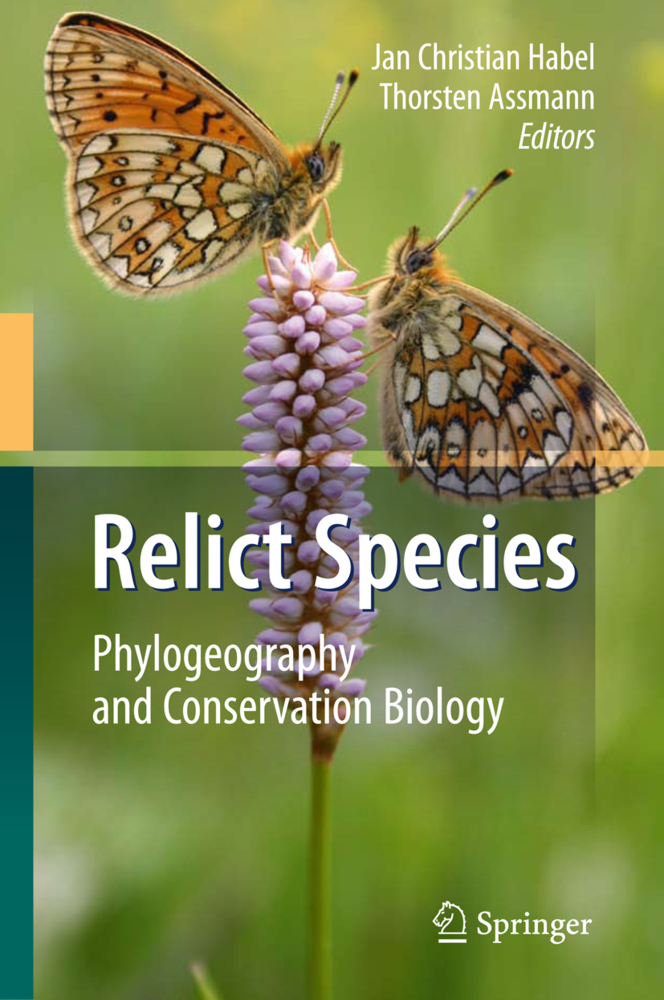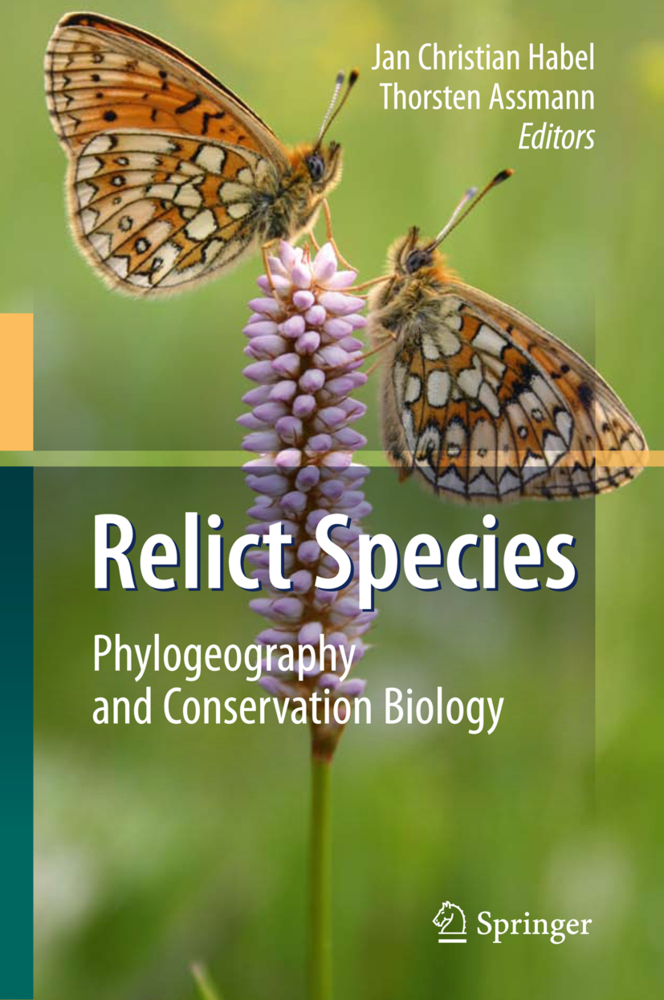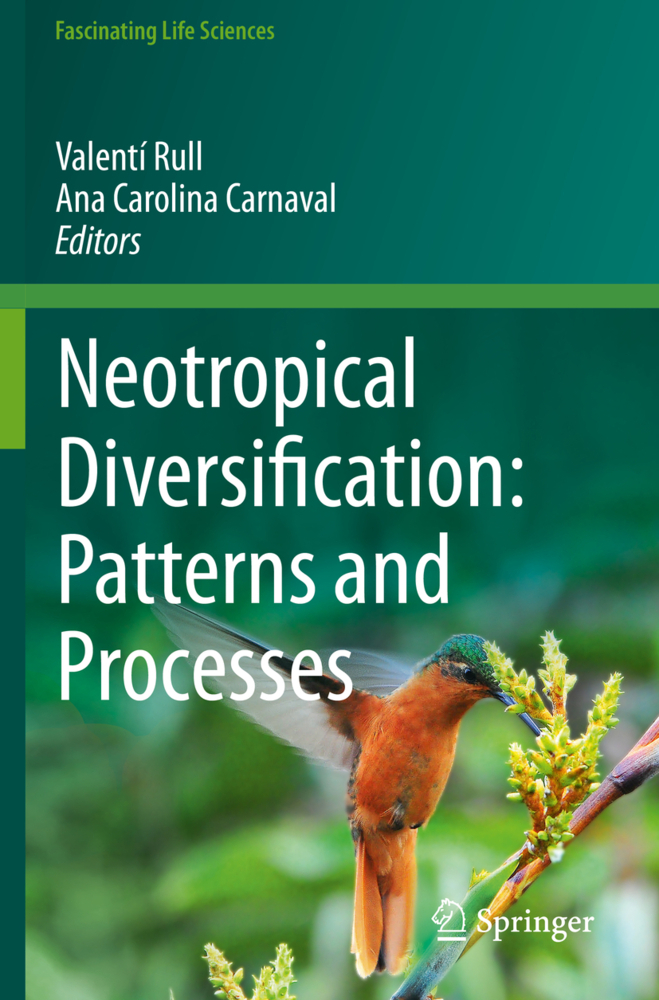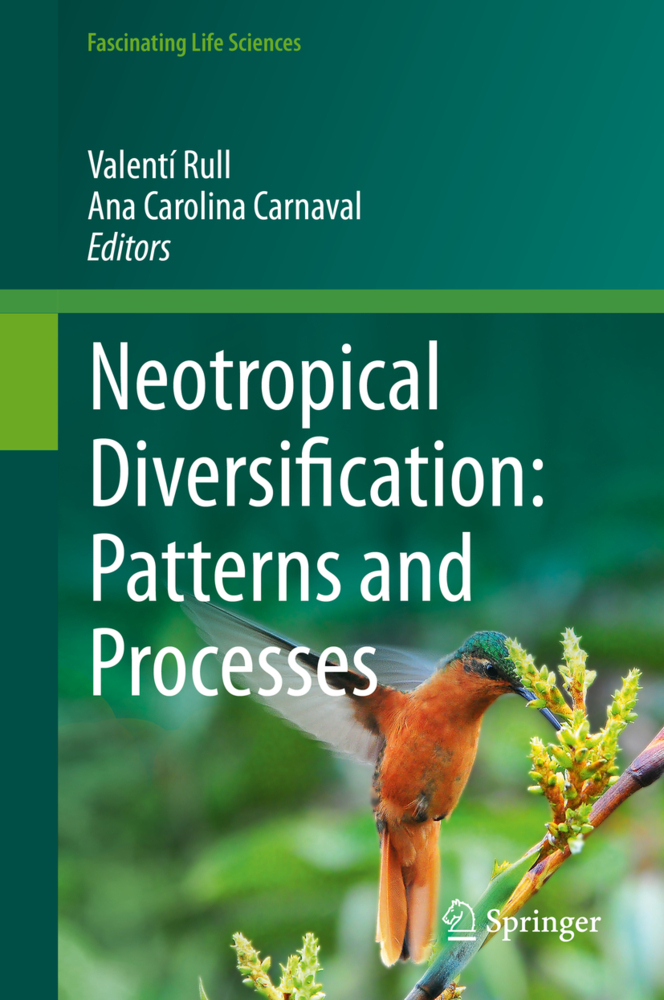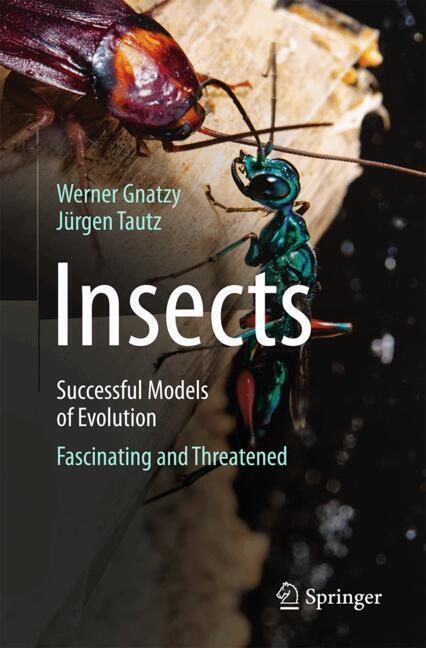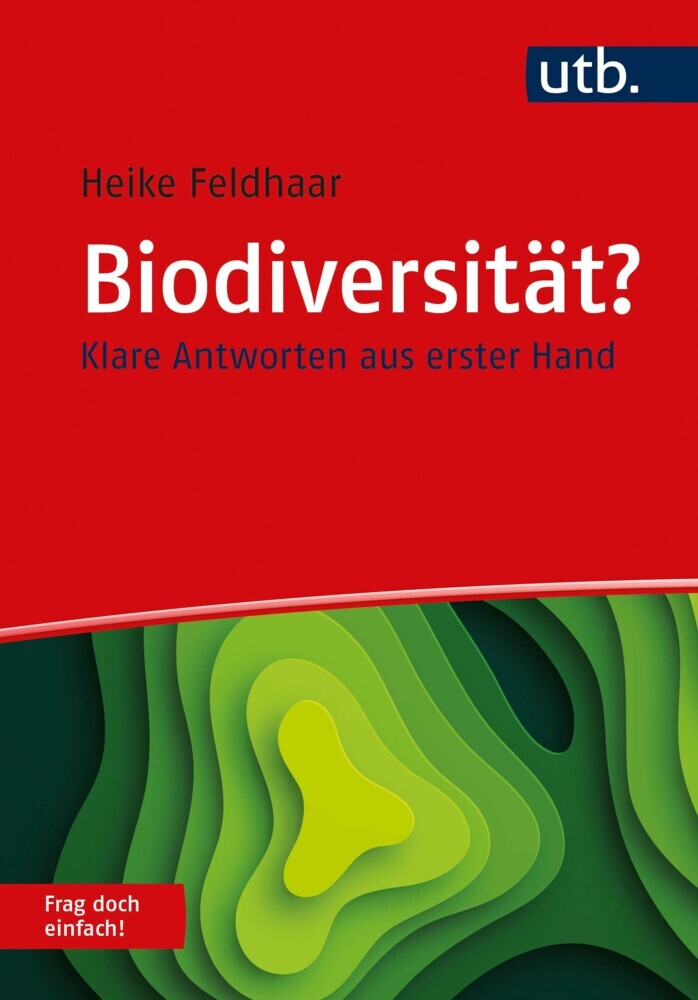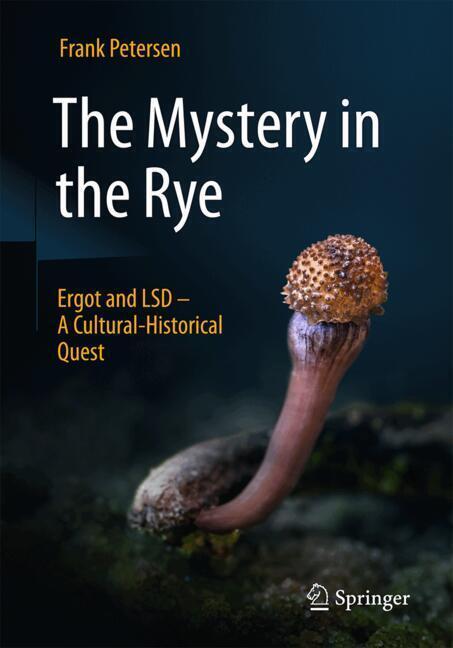Relict Species
Phylogeography and Conservation Biology
Mankind has evolved both genetically and culturally to become a most successful and dominant species. But we are now so numerous and our technology is so p- erful that we are having major effects on the planet, its environment, and the b- sphere. For some years prophets have warned of the possible detrimental consequences of our activities, such as pollution, deforestation, and overfishing, and recently it has become clear that we are even changing the atmosphere (e. g. ozone, carbon dioxide). This is worrying since the planet's life systems are involved and dependent on its functioning. Current climate change - global w arming - is one recognised consequence of this larger problem. To face this major challenge, we will need the research and advice of many disciplines - Physics, Chemistry, Earth Sciences, Biology, and Sociology - and particularly the commitment of wise politicians such as US Senator Al Gore. An important aspect of this global problem that has been researched for several decades is the loss of species and the impoverishment of our ecosystems, and hence their ability to sustain themselves, and more particularly us! Through evolutionary time new species have been generated and some have gone extinct. Such extinction and regeneration are moulded by changes in the earth's crust, atmosphere, and resultant climate. Some extinctions have been massive, particularly those asso- ated with catastrophic meteoric impacts like the end of the Cretaceous Period 65Mya.
The Changing Climate: Past, Present, Future
Extra-Mediterranean Refugia, Post-Glacial Vegetation History and Area Dynamics in Eastern Central Europe
Ancient Relicts
Review: The Dark Side of Relict Species Biology: Cave Animals as Ancient Lineages
Relicts Within the Genus Complex Astragalus/Oxytropis (Fabaceae), and the Comparison of Diversity by Objective Means
Relict Populations and Endemic Clades in Palearctic Reptiles: Evolutionary History and Implications for Conservation
Niche Conservatism among Allopatric Species of the Grasshopper Genus Afrophlaeoba Jago, 1983 in the Eastern Arc Mountains (Tanzania)
Conservation Genetics and Phylogeography of the Threatened Corsican and Barbary Red Deer (Cervus elaphus corsicanus and C. e. barbarus)
Phylogeographic Analyses of a Boreal-Temperate Ectomycorrhizal Basidiomycete, Amanita Muscaria, Suggest Forest Refugia in Alaska During the Last Glacial Maximum
Glacial Relicts
Review Refugial Areas and Postglacial Colonizations in the Western Palearctic
Multiple Glacial Refuges of Unwinged Ground Beetles in Europe: Molecular Data Support Classical Phylogeographic Models
Postglacial Recolonization of Continental Europe by the Pygmy Shrew (Sorex minutus) Inferred From Mitochondrial and Y Chromosomal DNA Sequences
Relicts Since Postglacial Times
Are Disjunct Alpine and Arctic-Alpine Animal and Plant Species in the Western Palearctic Really "Relics of a Cold Past"?
Linking Genetics and Ecology: Reconstructing the History of Relict Populations of an Endangered Semi-Aquatic Beetle
Peripheral Relict Populations of Widespread Species; Evolutionary Hotspots or Just More of the Same?
Genetic Differentiation Between and Among Refugia.-Population Genetic Structure of Two Threatened Dragonfly Species (Odonata: Anisoptera) as Revealed by RAPD Analysis
Review Molecular Methods: Blessing or Curse?
Conservation of Relict Species
The EU Habitats Directive and the German Natura 2000 Network of Protected Areas as Tool for Implementing the Conservation of Relict Species
Ecological Limits Vis-à-vis Changing Climate: Relic Erebia Butterflies in Insular Sudeten Mountains
Conservation and Management of the Habitats of Two Relict Butterflies in the Belgian Ardenne: Proclossiana eunomia and Lycaena helle
The Future of Relict Species
Review Modelling Future Trends of Relict Species
Conservation of the Grey Bush Cricket Platycleis albopunctata (Orthoptera: Tettigoniidae) Under Differing Habitat Conditions: Implications From an Individual-Based Model
Is the 'Lost World' Lost? High Endemism of Aphibians and Reptiles on South American Tepuís in a Changing Climate
Population Genetics and Ecological Niche Modelling Reveal High Fragmentation and Potential Future Extinction of the Endangered Relict Butterfly Lycaena helle
Relict Species Research: Some Concluding Remarks
Erratum
Erratum.
Relict Species: From Past to Future
Climate and EcosystemsThe Changing Climate: Past, Present, Future
Extra-Mediterranean Refugia, Post-Glacial Vegetation History and Area Dynamics in Eastern Central Europe
Ancient Relicts
Review: The Dark Side of Relict Species Biology: Cave Animals as Ancient Lineages
Relicts Within the Genus Complex Astragalus/Oxytropis (Fabaceae), and the Comparison of Diversity by Objective Means
Relict Populations and Endemic Clades in Palearctic Reptiles: Evolutionary History and Implications for Conservation
Niche Conservatism among Allopatric Species of the Grasshopper Genus Afrophlaeoba Jago, 1983 in the Eastern Arc Mountains (Tanzania)
Conservation Genetics and Phylogeography of the Threatened Corsican and Barbary Red Deer (Cervus elaphus corsicanus and C. e. barbarus)
Phylogeographic Analyses of a Boreal-Temperate Ectomycorrhizal Basidiomycete, Amanita Muscaria, Suggest Forest Refugia in Alaska During the Last Glacial Maximum
Glacial Relicts
Review Refugial Areas and Postglacial Colonizations in the Western Palearctic
Multiple Glacial Refuges of Unwinged Ground Beetles in Europe: Molecular Data Support Classical Phylogeographic Models
Postglacial Recolonization of Continental Europe by the Pygmy Shrew (Sorex minutus) Inferred From Mitochondrial and Y Chromosomal DNA Sequences
Relicts Since Postglacial Times
Are Disjunct Alpine and Arctic-Alpine Animal and Plant Species in the Western Palearctic Really "Relics of a Cold Past"?
Linking Genetics and Ecology: Reconstructing the History of Relict Populations of an Endangered Semi-Aquatic Beetle
Peripheral Relict Populations of Widespread Species; Evolutionary Hotspots or Just More of the Same?
Genetic Differentiation Between and Among Refugia.-Population Genetic Structure of Two Threatened Dragonfly Species (Odonata: Anisoptera) as Revealed by RAPD Analysis
Review Molecular Methods: Blessing or Curse?
Conservation of Relict Species
The EU Habitats Directive and the German Natura 2000 Network of Protected Areas as Tool for Implementing the Conservation of Relict Species
Ecological Limits Vis-à-vis Changing Climate: Relic Erebia Butterflies in Insular Sudeten Mountains
Conservation and Management of the Habitats of Two Relict Butterflies in the Belgian Ardenne: Proclossiana eunomia and Lycaena helle
The Future of Relict Species
Review Modelling Future Trends of Relict Species
Conservation of the Grey Bush Cricket Platycleis albopunctata (Orthoptera: Tettigoniidae) Under Differing Habitat Conditions: Implications From an Individual-Based Model
Is the 'Lost World' Lost? High Endemism of Aphibians and Reptiles on South American Tepuís in a Changing Climate
Population Genetics and Ecological Niche Modelling Reveal High Fragmentation and Potential Future Extinction of the Endangered Relict Butterfly Lycaena helle
Relict Species Research: Some Concluding Remarks
Erratum
Erratum.
Habel, Jan Christian
Assmann, Thorsten
| ISBN | 978-3-540-92159-2 |
|---|---|
| Artikelnummer | 9783540921592 |
| Medientyp | Buch |
| Copyrightjahr | 2009 |
| Verlag | Springer, Berlin |
| Umfang | XV, 451 Seiten |
| Abbildungen | XV, 451 p. |
| Sprache | Englisch |

